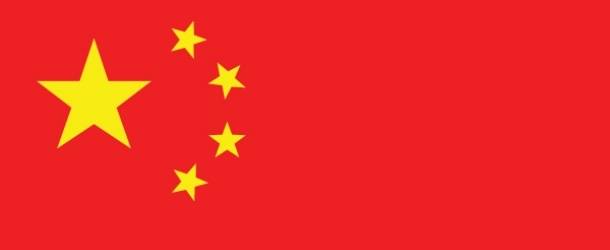Scientific American: China Is Pulling Ahead in Global Quantum Race, New Studies Suggest

(ScientificAmerican) Is China ahead of the U.S. in quantum information technology? The answer depends on how you measure it.
While estimates vary, both countries appear to fund the research to the tune of more than $100 million per year. China has more total patents across the full spectrum of quantum technology, but U.S. companies have a dramatic lead in quantum computing patents. And of course, China has a more sophisticated quantum network and now claims the top two quantum computers.
“The Chinese government is thinking about science technology very seriously, probably more than the U.S. administration” Zuoyue Wang, a science historian at California State Polytechnic University says. “No one else will pick up the tab.”
“It’s such a new problem for the U.S. to be facing,” says Mitch Ambrose, a science policy analyst at the American Institute of Physics. “It was ahead for so long, and in so many areas, that it hasn’t really had to do much thinking about what it means to be behind.”
When a team of Chinese scientists beamed entangled photons from the nation’s Micius satellite to conduct the world’s first quantum-secured video call in 2017, experts declared that China had taken the lead in quantum communications. New research suggests that lead has extended to quantum computing as well.
In three preprint papers posted on arXiv.org last month, physicists at the University of Science and Technology of China (USTC) reported critical advances in both quantum communication and quantum computing. In one of the studies, researchers used nanometer-scale semiconductors called quantum dots to reliably transmit single photons—an essential resource for any quantum network—over 300 kilometers of fiber, well over 100 times farther than previous attempts.
In another, scientists improved their photonic quantum computer from 76 detected photons to 113, a dramatic upgrade to its “quantum advantage,” or how much faster it is than classical computers at one specific task.
The third paper introduced Zuchongzhi, made of 66 superconducting qubits, and performed a problem with 56 of them—a figure similar to the 53 qubits used in Google’s quantum computer Sycamore, which set a performance record in 2019. All achievements are world-leading, but Zuchongzhi in particular has scientists talking because it is the first corroboration of Google’s landmark 2019 result.
The struggle for quantum advantage need not be a perfect mirror of the space race. Zuoyue Wang, a science historian at California State Polytechnic University, Pomona, notes that China and the U.S. are intimately intertwined in many areas—science among them—that could prevent a hostile new competition in the quantum realm. Today hundreds of thousands of students travel from China to study in the U.S., and scientists in both countries collaborate closely on research ranging from agriculture to zoology. In spite of rising geopolitical tensions between the two countries, “they’re each other’s biggest international collaboration partners,” Wang says.
As tensions between the two nations continue to rise, quantum research occupies an awkward spot: although it remains basic research with limited current applications, its future strategic potential is clear and immense. “What are the rules of the road for scientific exchanges going forward in any field, let alone quantum?”
NOTE: IQT-NEWS summarized here Scientific American’s recent assessment of the “Global Quantum Race. Author of original is Daniel Garisto, freelance science journalist covering advances in physics and other natural sciences. His writing has appeared in Nature News, Science News, Undark, and elsewhere. The discussion is extensive; click on source link for original article.





















